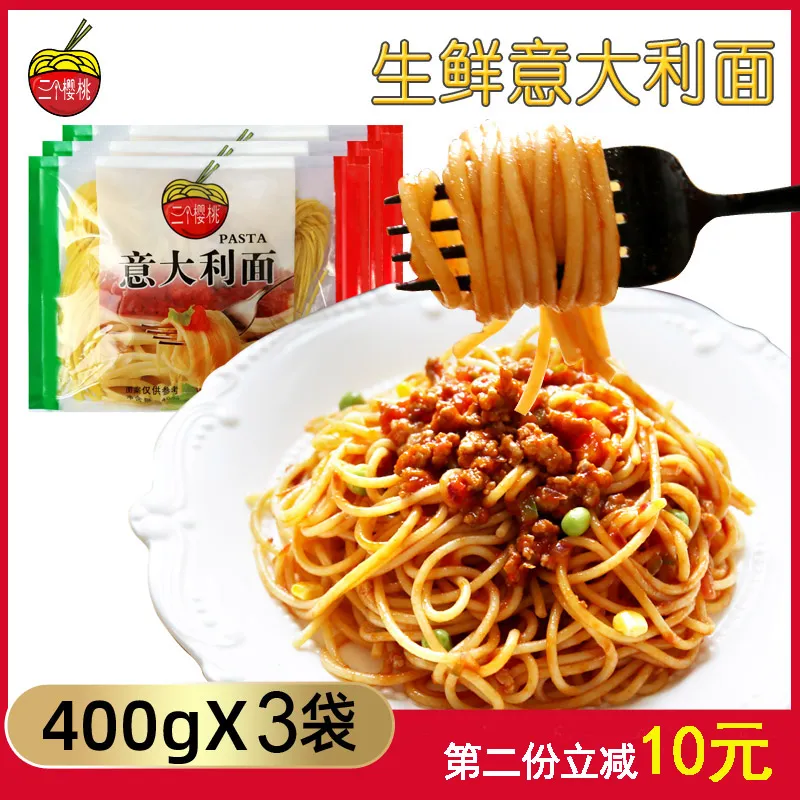knife shaved noodles
The Art of Knife Shaved Noodles A Culinary Delight
In the diverse world of culinary traditions, few dishes evoke the same sense of craftsmanship and artistry as knife shaved noodles. Known for their unique texture and rustic appeal, these noodles are a staple in various Asian cuisines, notably Chinese, and have found their way into the hearts (and stomachs) of food enthusiasts around the globe.
Knife shaved noodles, or dao xiao mian in Mandarin, are made from unleavened dough that is skillfully shaved into thin, long strands with a sharp knife. This ancient technique requires precision and practice, as the thickness of each noodle directly impacts the final texture and flavor of the dish. The noodles are typically served in a warm broth or stir-fried with vegetables and meats, making them a versatile base for a myriad of flavors.
The Tradition Behind the Technique
The origins of knife shaved noodles can be traced back to Shanxi province in China, where they have been prepared for centuries. Traditionally, the dough is made from wheat flour and water, kneaded until smooth, and allowed to rest. The resting period is crucial, as it relaxes the gluten, making it easier to stretch and shape the dough. Once ready, the chef places the dough block on a wooden board and uses a sharp knife to shave off thin slices. This method not only results in unique noodle shapes but also allows the noodles to absorb flavors from the broth or sauce better than other noodle types.
The Texture and Experience
One of the most distinguishing features of knife shaved noodles is their chewy texture. Unlike commercially produced noodles, which often rely on additives for elasticity, hand-shaved noodles possess a heartiness that enhances the eating experience. The wide, flat noodles catch sauces and broths perfectly, making every bite a delightful combination of flavors and textures. When served in a rich broth, the noodles soak up the essence of the soup, delivering comfort and satisfaction in every slurp.
knife shaved noodles

The act of enjoying knife shaved noodles transcends mere sustenance; it becomes a communal experience. In many Asian cultures, food is meant to be shared, and dishes are often placed in the center of the table, inviting everyone to dig in together. The ritual of passing around a steaming bowl of savory broth, alongside fresh vegetables and tender slices of meat, promotes a sense of connection among family and friends.
Modern Trends and Variations
In recent years, knife shaved noodles have gained traction in the culinary world, inspiring chefs worldwide to experiment with this traditional technique. While some maintain the classic preparation methods, others have infused new flavors and ingredients, reflecting local tastes and preferences. For instance, chefs may incorporate unique spices, toppings, or even alternative flours to create gluten-free versions of the noodles.
Food enthusiasts have also begun to embrace the DIY approach, leading to an increase in home cooking. Online tutorials and cooking classes have simplified the process, encouraging individuals to try their hand at making knife shaved noodles from scratch. This resurgence not only celebrates the art of noodle-making but also fosters a deeper appreciation for the craftsmanship involved in traditional cooking techniques.
Conclusion
Knife shaved noodles represent more than just a dish; they embody a rich tapestry of cultural heritage, culinary artistry, and communal experience. Whether enjoyed in a bustling restaurant or crafted in a home kitchen, these noodles offer a connection to history and a celebration of creativity. Their unique texture and adaptability continue to inspire chefs and home cooks alike to explore the endless possibilities this time-honored dish provides. As the popularity of knife shaved noodles continues to grow, one thing is certain they will secure their place as a beloved culinary delight for generations to come. So, grab a pair of chopsticks, savor each bite, and embrace the journey that knife shaved noodles offer!
-
Unleash Your Inner Chef with Delectable Italian Pasta CreationsNewsAug.01,2025
-
Savor Health and Flavor: Irresistible Soba Noodles for Sale Await!NewsAug.01,2025
-
Nourish Your Body with Premium Organic Ramen - A Culinary Delight AwaitsNewsAug.01,2025
-
Elevate Your Dishes with Our Exquisite Kinds of Egg NoodlesNewsAug.01,2025
-
Dive into Flavorful Convenience with Our Ramen OfferingsNewsAug.01,2025
-
Discover Exquisite Types of Naengmyeon and Chilled Soba NoodlesNewsAug.01,2025
-
Is Whole Wheat Pasta Healthy?NewsMay.30,2025
Browse qua the following product new the we

















































































































